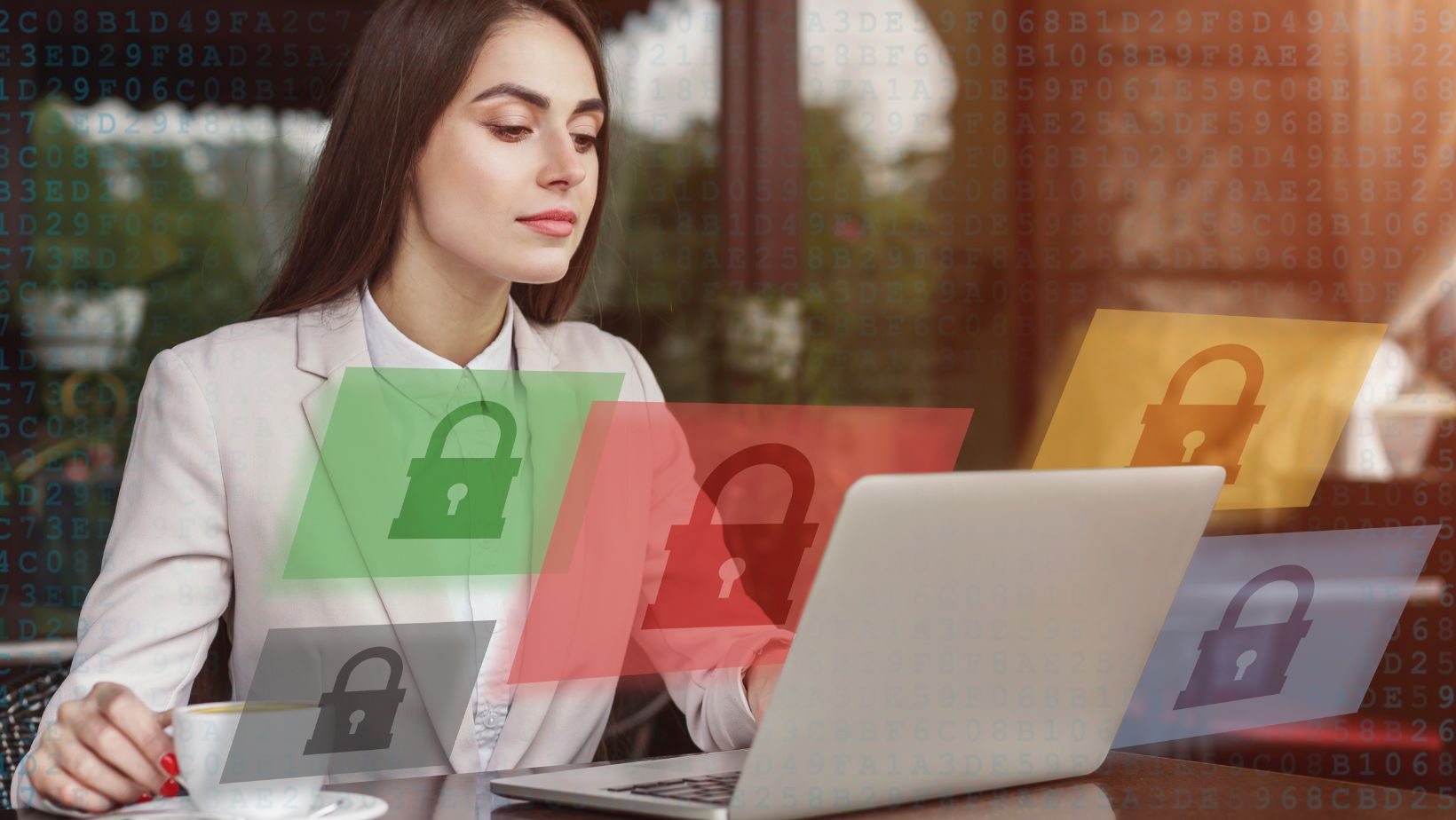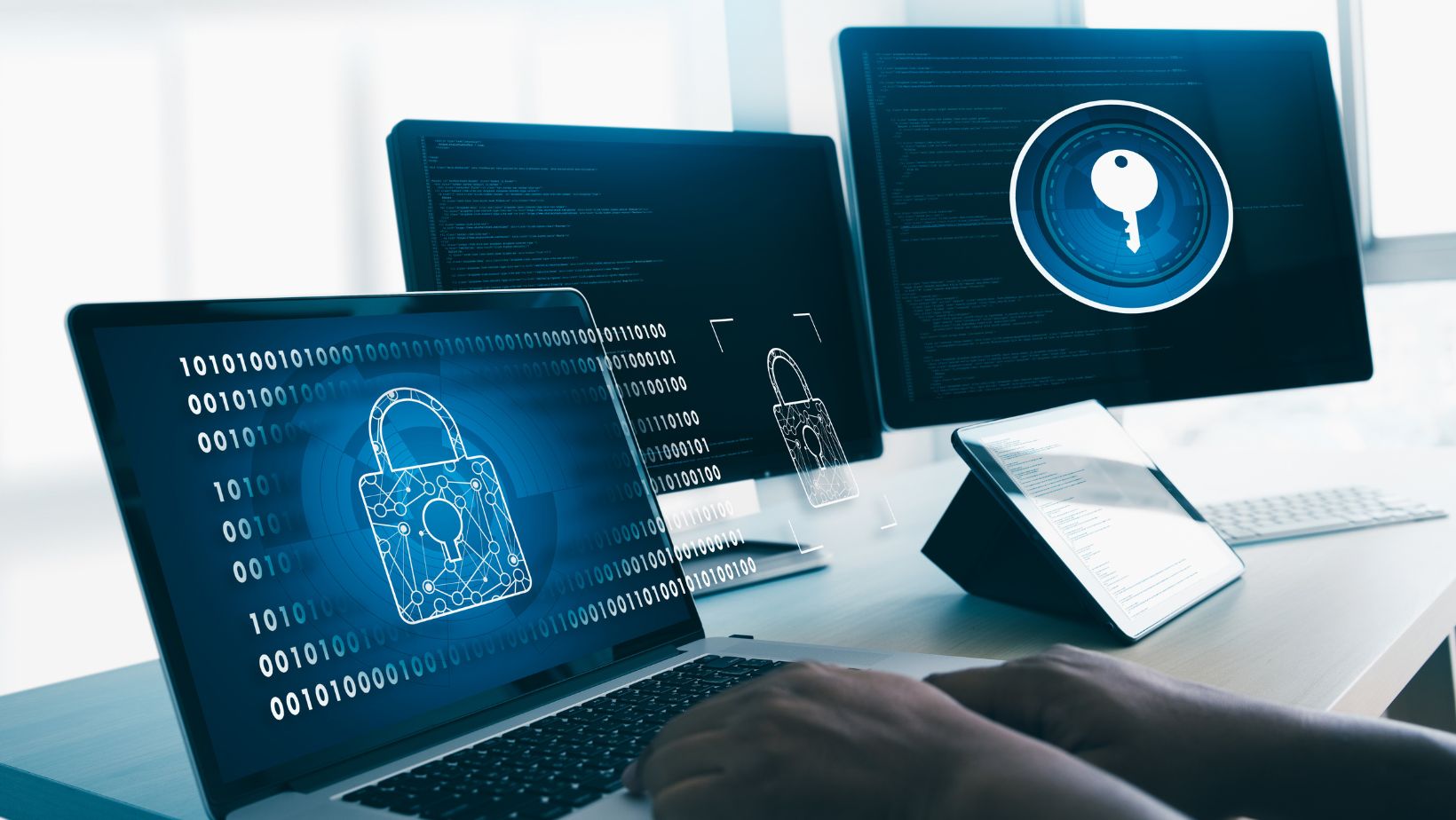
Cybersecurity isn’t just a problem for big businesses in today’s digital world; small businesses are also becoming more and more popular targets for hackers. The goal of this detailed guide is to give small business owners the knowledge and tools they need to protect their digital assets.
This guide will cover every part of small business cyber security, from understanding the threats to putting in place strong security measures.
Understanding the Threat Landscape
Why Small Businesses Are Targeted
Small businesses often underestimate their risk, believing they are too small to attract cyber criminals. However, this misconception makes them more vulnerable. Cybercriminals know that small businesses typically have fewer resources and weaker security measures compared to larger organizations, making them easier targets.
Common Cyber Threats
- Phishing Attacks: Cybercriminals use deceptive emails to trick employees into revealing sensitive information or downloading malicious software.
- Ransomware:Malware that encrypts a business’s data and demands payment for the decryption key.
- Data Breaches: Unauthorized access to sensitive business data, often leading to significant financial and reputational damage.
- Denial of Service (DoS) Attacks: Overloading a system with traffic to make it unavailable to users.
- Insider Threats: Employees or contractors who intentionally or unintentionally cause harm to the business through misuse of their access to sensitive information.
Building a Strong Cyber Security Foundation
Conduct a Risk Assessment
Use automated tools to perform vulnerability scanning on your network and systems. These tools can identify weaknesses that need addressing, such as outdated software, misconfigured settings, or open ports that could be exploited.
Not all risks are created equal. Develop a risk matrix to prioritize the most critical threats based on their potential impact and likelihood. Focus your resources on mitigating these high-priority risks first.
Develop a Cyber Security Policy
Include detailed procedures for incident reporting within your policy. Specify who employees should contact, the information they need to provide, and how incidents should be documented and escalated.
As remote work becomes more common, ensure your cyber security policy includes guidelines for securing home networks, using VPNs, and protecting devices outside the office environment.
Implement Strong Access Controls
Implement Role-Based Access Control (RBAC) to ensure employees only have access to the information necessary for their roles. Regularly review and adjust access levels as employees change roles or leave the company.
Also, conduct regular audits of access controls to identify and address any anomalies or unauthorized access attempts. These audits help ensure compliance with your security policies.
Secure Your Network
Utilize advanced threat detection technologies, such as intrusion detection systems (IDS) and intrusion prevention systems (IPS), to monitor network traffic and detect suspicious activities.
- Firewalls:Install and configure firewalls to monitor and control incoming and outgoing network traffic.
- Antivirus and Anti-Malware Software: Keep these programs updated to protect against the latest threats.
- Encryption:Encrypt sensitive data both in transit and at rest to prevent unauthorized access.
- Secure Wi-Fi: Use strong passwords and encryption protocols for your wireless networks. Consider setting up a separate network for guests.
Keep Software Updated
Regularly update all software, including operating systems, applications, and plugins. Software updates often include security patches that address vulnerabilities.
Backup Your Data
Regularly back up critical business data to a secure location. Ensure that backups are encrypted and stored offline or in a secure cloud environment. Test your backup and recovery procedures regularly to ensure they work as expected.
Employee Training and Awareness
Cyber Security Training Programs
Conduct regular training sessions to educate employees about common cyber threats, such as phishing and social engineering. Teach them how to recognize suspicious emails and websites and what actions to take if they encounter a potential threat.
Create a Culture of Security
Encourage employees to take an active role in maintaining cyber security. Foster a culture where security is a shared responsibility, and employees feel comfortable reporting potential security issues.
Incident Response Planning
Develop an Incident Response Plan
Create a detailed plan outlining the steps to take in the event of a cyber incident. This plan should include roles and responsibilities, communication protocols, and procedures for containing and mitigating the impact of the incident.
Regularly Test and Update Your Plan
Conduct regular drills to test your incident response plan and update it based on lessons learned and evolving threats.
Ensure all employees are familiar with their roles in the plan.
Leveraging Technology and Services
Use Security Information and Event Management (SIEM)
Implement SIEM solutions to collect and analyze security data from across your network. These systems can help identify and respond to potential threats in real time.
Consider Managed Security Services
For small businesses with limited IT resources, outsourcing to a managed security service provider (MSSP) can be a cost-effective way to access advanced security expertise and technology.
Compliance and Legal Considerations
Understand Relevant Regulations
Familiarize yourself with industry-specific regulations and standards related to data protection and cyber security. Examples include the General Data Protection Regulation (GDPR) for businesses handling European Union data and the Health Insurance Portability and Accountability Act (HIPAA) for healthcare providers.
Maintain Compliance
Ensure your cyber security practices comply with relevant regulations. Regularly review and update your policies and procedures to meet evolving compliance requirements.
The Role of Cyber Insurance
Evaluate Cyber Insurance Options
Consider purchasing cyber insurance to mitigate the financial impact of a cyber incident. Cyber insurance can cover costs related to data breaches, business interruption, and legal fees.
Understand Policy Coverage
Carefully review the terms and conditions of your cyber insurance policy to understand what is covered and any exclusions or limitations.
Protecting Your Business in a Digital World
Cyber security is a critical aspect of running a small business in today’s digital age. Small business owners may drastically minimize their cyber attack risk by analyzing the threat landscape, developing a strong security foundation, training staff, planning for incidents, utilizing technology, and complying.
Investing time and resources into cyber security not only protects your business but also builds trust with your customers and partners. Stay vigilant, stay informed, and make cyber security a priority to safeguard your business’s future.

















